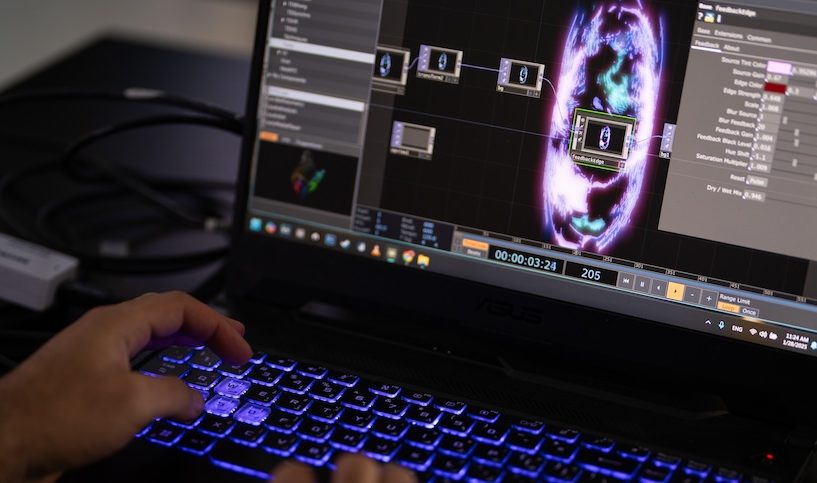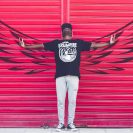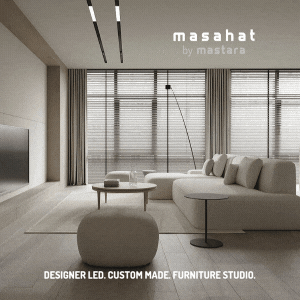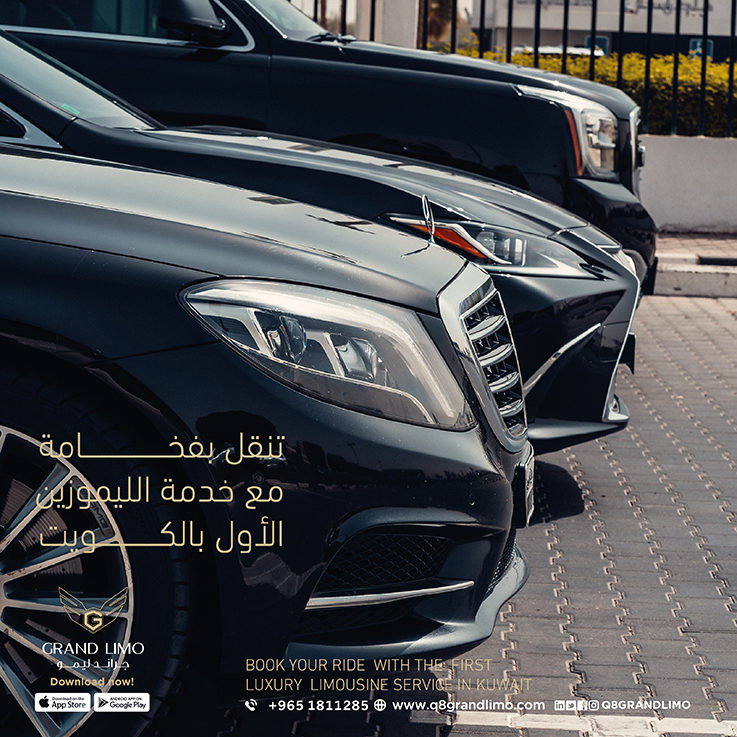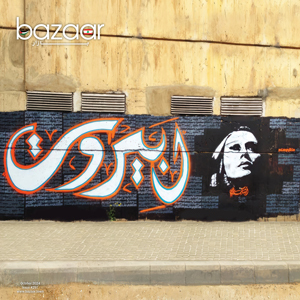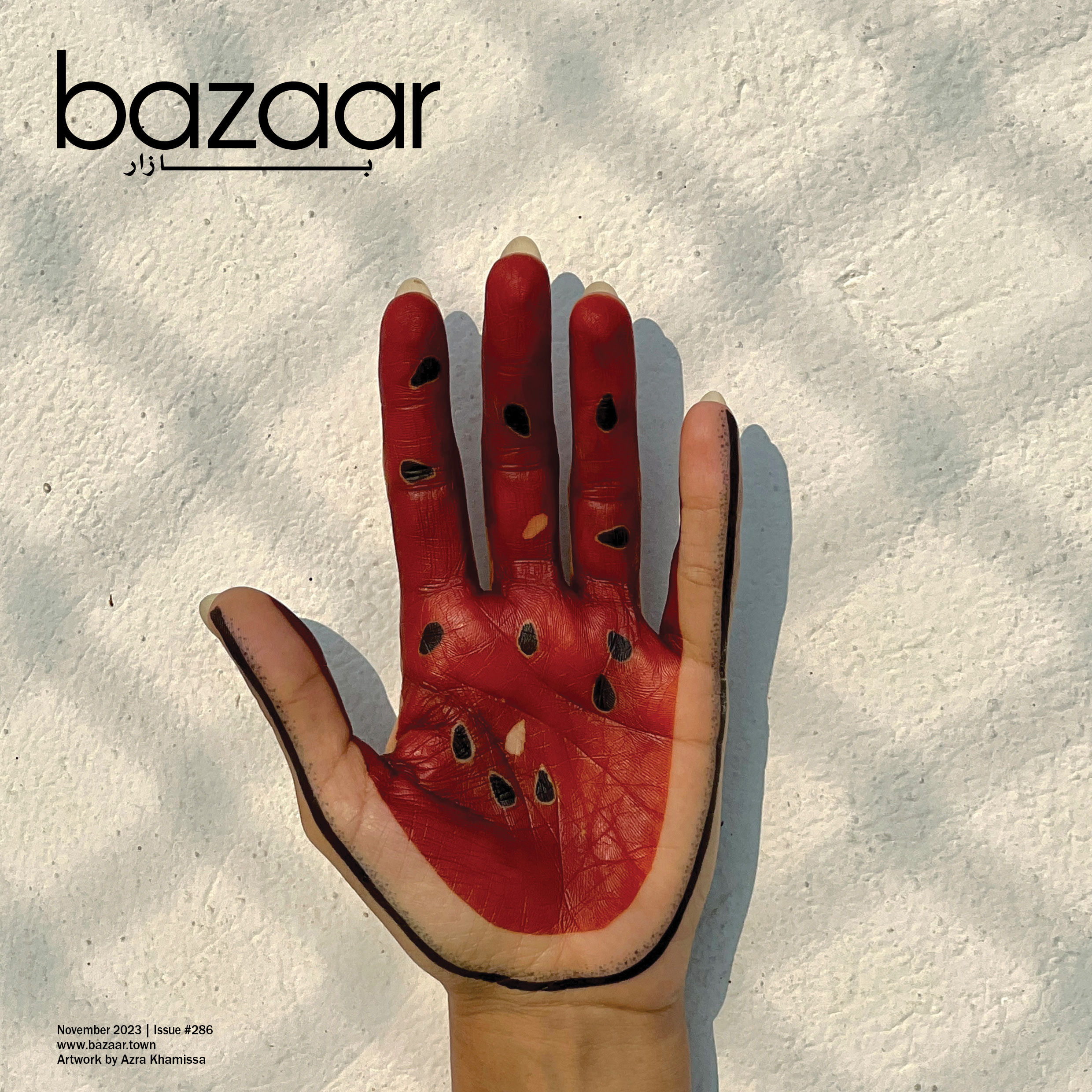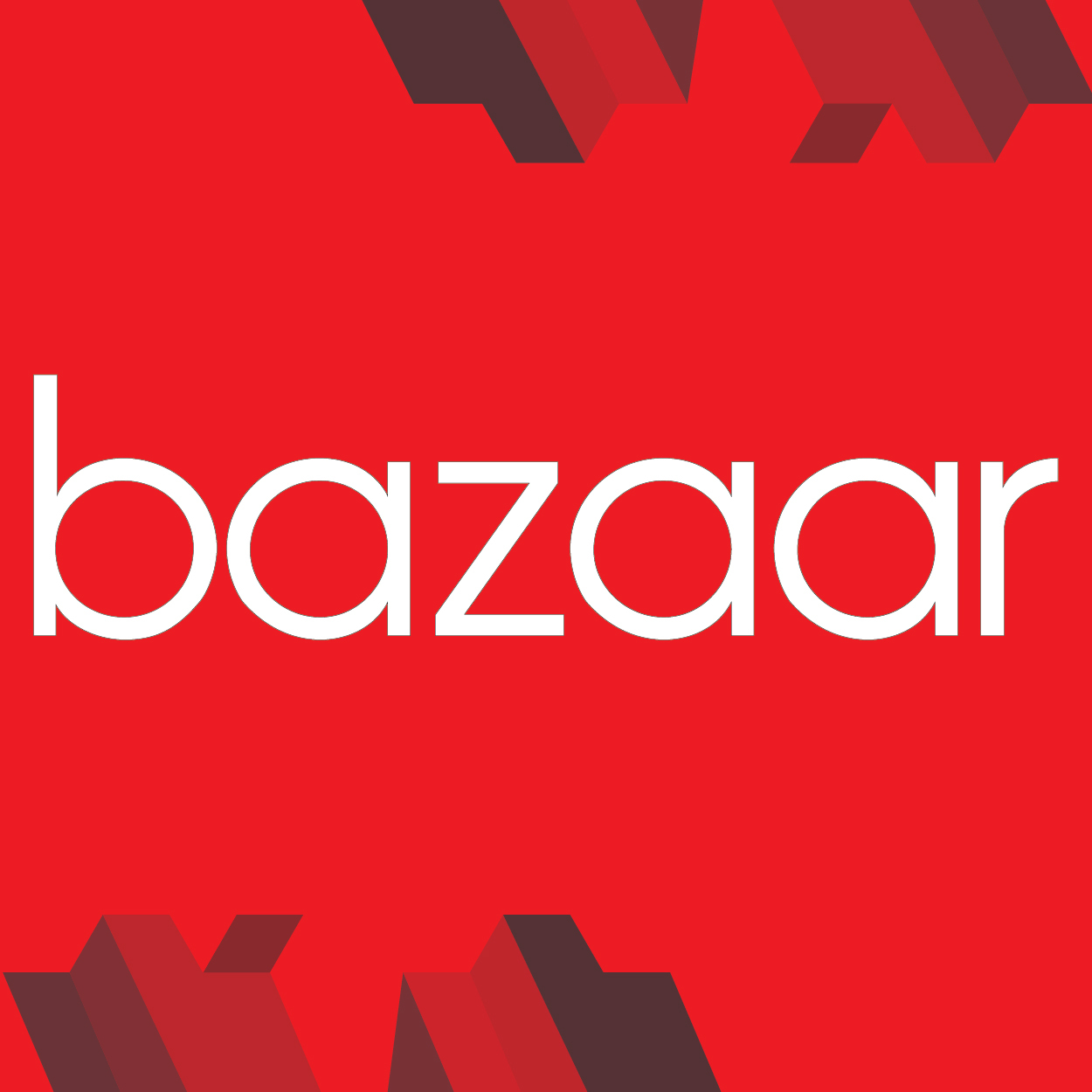In the heart of Kuwait, the Promenade Culture Centre (PCC) has established itself as a pioneer and beacon for the arts, fostering creativity through its visionary artist residency program. Now in its third iteration, the residency has become a crucial space for emerging and established artists alike, offering an environment where research, experimentation, and artistic exploration thrive. With each cycle, the program deepens its impact, reinforcing the importance of artistic residencies in shaping the cultural landscape.
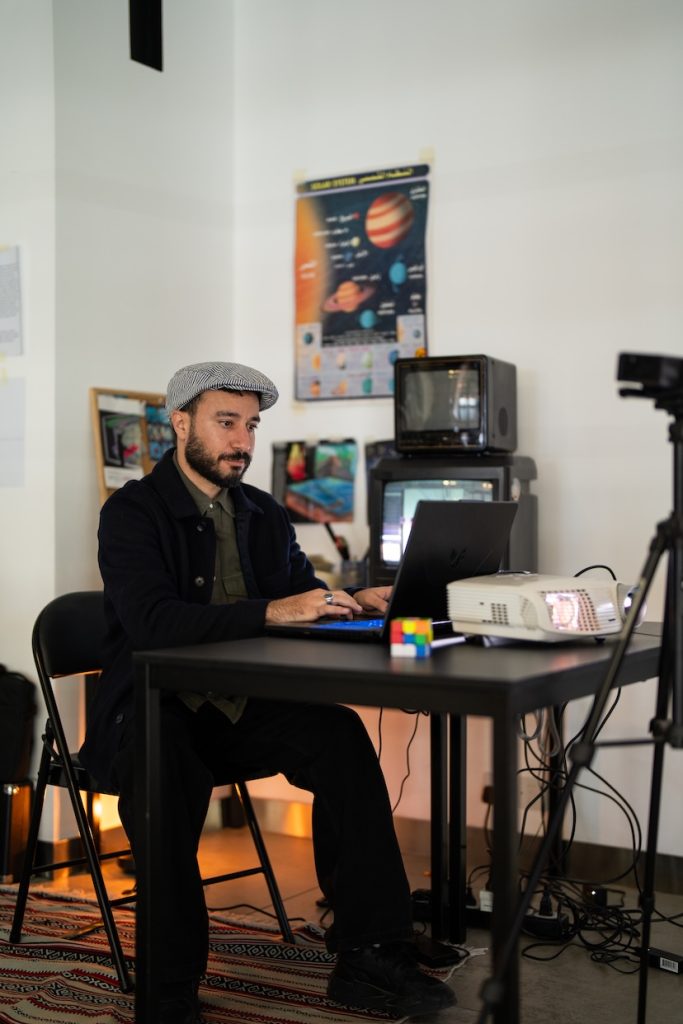
The PCC’s Visionary Lab residency program first launched in 2023 with a focus on identity, welcoming artists Dana Al Rashid and Mohammed Al Hemd. Their works, ranging from miniature digital art to large-scale installations exploring Kuwaiti folklore, demonstrated how residency programs serve as catalysts for deep artistic research. The following year, artists Razan Al Sarraf and Adel Ashkanani explored the theme of connection—Razan mapping the aerial history of Hawally, while Adel transformed nostalgia into tangible marble pieces.
This year’s residency embraces the theme of “Ephemerality,” inviting artists Salem Al Salem and Hussain Alkazemi to explore the transient nature of art, materials, and memory. Their works challenge traditional notions of permanence and preservation, questioning the role of impermanence in today’s digital and physical worlds.
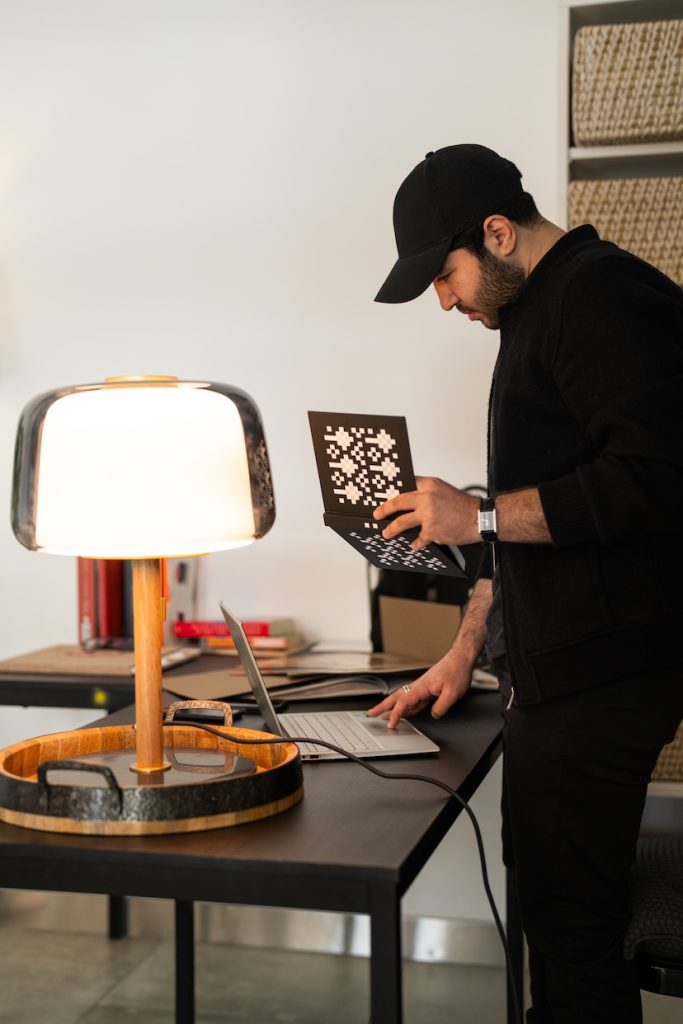
Residencies offer artists a rare and valuable gift: time and space to create without constraints. PCC’s residency program provides emerging artists with the opportunity to delve deeply into research, experiment with new forms, and engage in artistic dialogues that shape their work. As curator Shahad Bishara from Visual Therapy explains, ” The past residencies have demonstrated how working under a specific theme can be so powerful and meaningful. It really allows the artists to delve deep into the research stage of the creative process, which for us at PCC, is an integral part of the residency. With all our residents, we try to really emphasize the importance of research when making art, and hope that resonates with them in their future projects.”
Beyond the creative process, residencies foster collaboration, connecting artists with one another and with the larger community. The residency includes public engagement through Open Studio sessions, allowing audiences to witness works in progress, interact with the artists, and gain insight into the artistic journey.
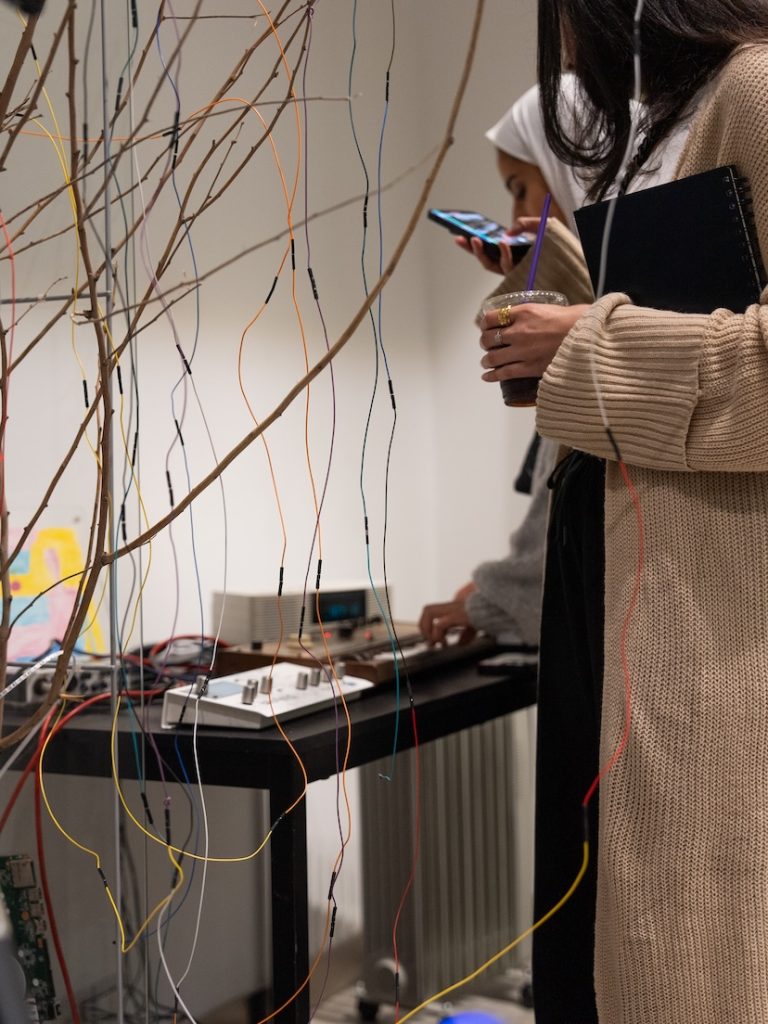
This year’s resident artists have taken unique approaches to interpreting the theme of ephemerality.
For Salem Al Salem, ephemerality is deeply intertwined with technology. “I was drawn to this residency because it gave me the freedom to explore fleeting moments in sound and music. In a world where digital advancements reshape our perception of time and memory, I want to challenge the idea of permanence through compositions that self-destruct or change unpredictably,” he explains. Salem is a Kuwaiti musician and visual artist whose work blends sound and visuals to create immersive, multi-sensory experiences. By manipulating specific frequencies, vibrations, and sonic textures. He translates sound into a visual language of colors and shapes that reflect the music’s essence. Salem’s work integrates generative composition and interactive soundscapes, creating an experience that resists being frozen in time. “This residency has deepened my exploration of the impermanence of sound in a hyper-documented digital era. We live in a time where everything is archived, stored, and replayed endlessly, yet digital technology itself is fragile—files get corrupted, formats become obsolete, and memory, both human and digital, is unreliable. This paradox has shaped my approach to composition in ways I hadn’t fully considered before. I’ve been experimenting with sound as a fleeting entity, using techniques that introduce controlled degradation—glitch, distortion, and self-erasing audio layers—mirroring the way digital and organic memory erode over time. Rather than trying to create something fixed and permanent, I’ve started embracing the beauty of disappearance in my work,” he explains.
Hussain Alkazemi, on the other hand, is a multi-disciplinary designer, architect, and educator whose work and research span architectural history, furniture design, and cultural narratives. His creative practice is deeply rooted in exploring the intersection of form, function, and the socio-cultural context of objects and spaces. “I saw this residency as an opportunity to expand my creative practice, particularly in the conceptual and experimental aspects of design,” Hussain shares. His work draws from historical temporary architecture from different geographic regions, to establish a universal theme, incorporating storytelling into contemporary furniture installations. “The feedback I’ve received during the open studio has been instrumental in shaping how I communicate ephemerality in my designs. I’ve become even more intentional with my storytelling,” Hussain elaborates.
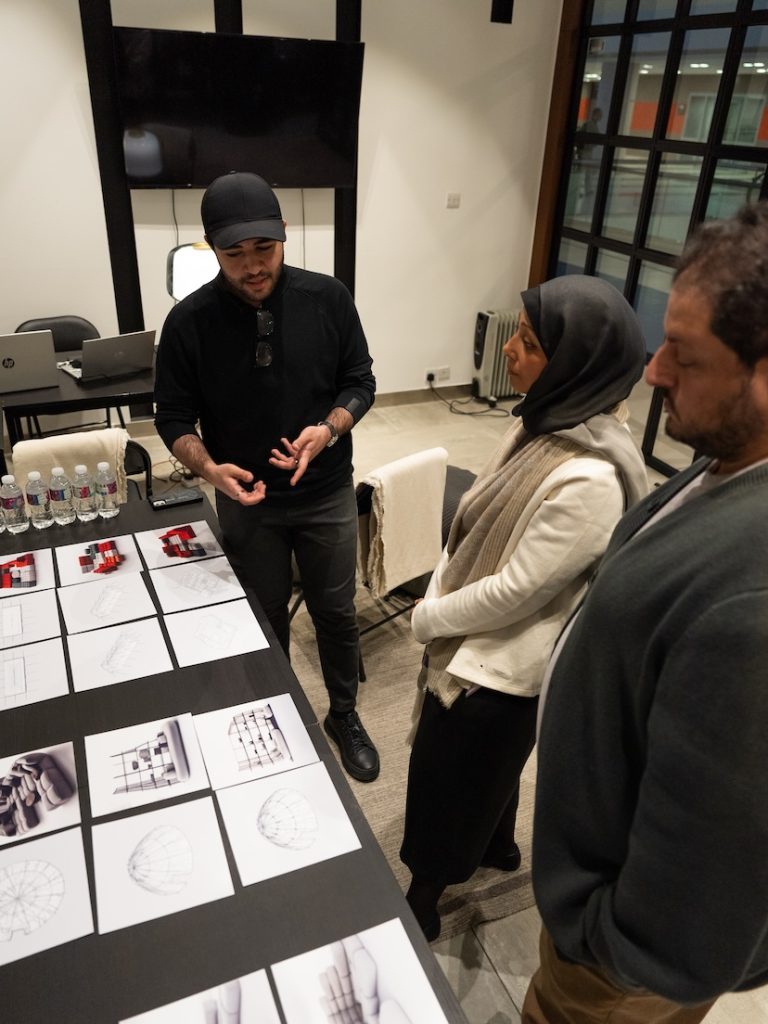
Beyond the tangible works produced, the residency program at PCC offers a transformative experience for its participants. “The best part about curating these residencies is seeing the artists’ initial proposals come to life, from paper to reality. Being part of that creative journey is incredibly exciting,” says Bishara.
As PCC continues to cultivate emerging artistic voices, its residency program stands as a testament to the power of nurturing creative expression. With each cycle, the centre reaffirms its commitment to fostering artistic innovation, inviting artists and audiences alike to engage with art that challenges perceptions, provokes thought, and ultimately, embraces the beauty of impermanence.
This residency is a funded opportunity for two Kuwait-based artists to be in residence at the Promenade Culture Centre over a two-month period. The outcome will be presented in an exhibition on 21 April 2025. For more information about The Promenade Culture Centre, please follow @PCCKuwait on Instagram, email pcc@thepromenadekw.com or call 9559 5123.



